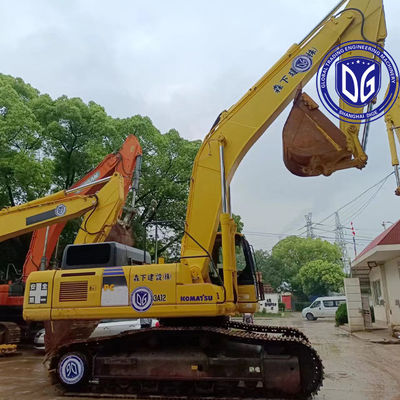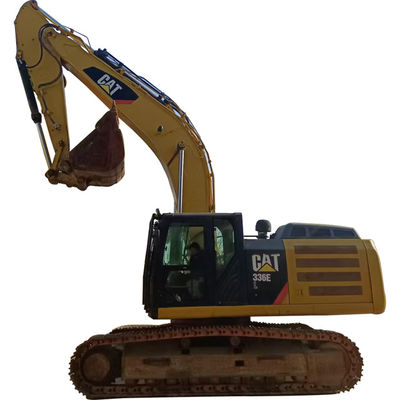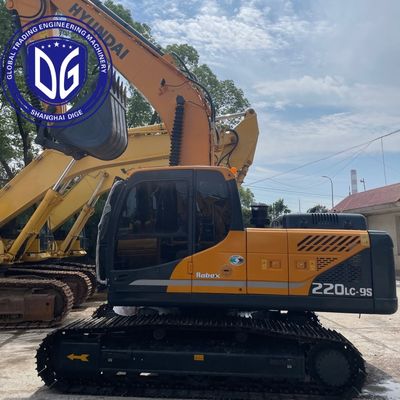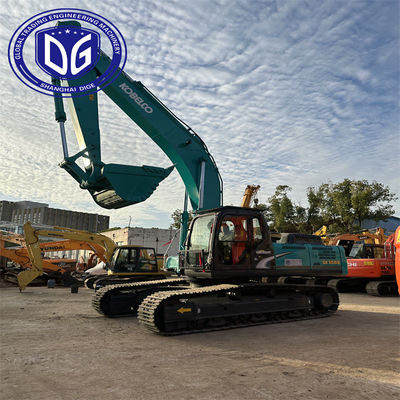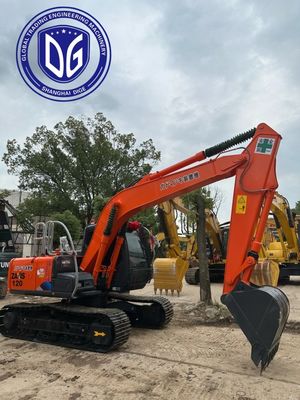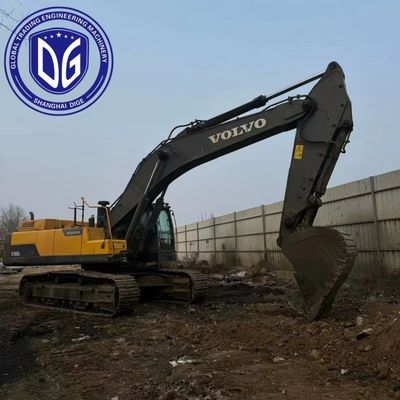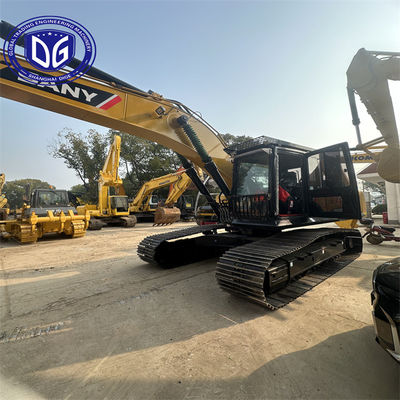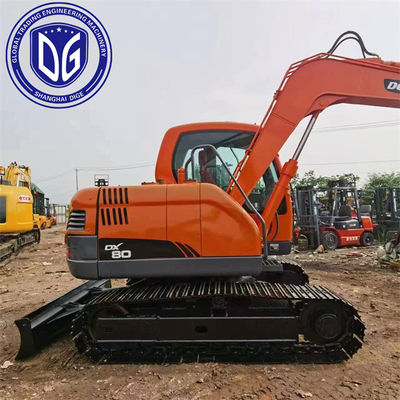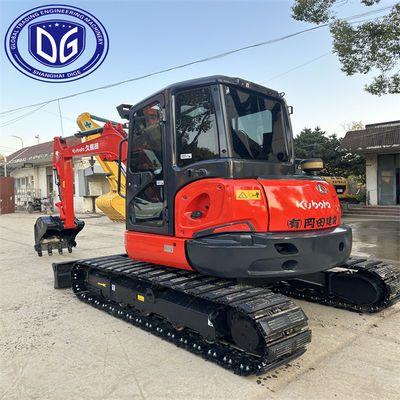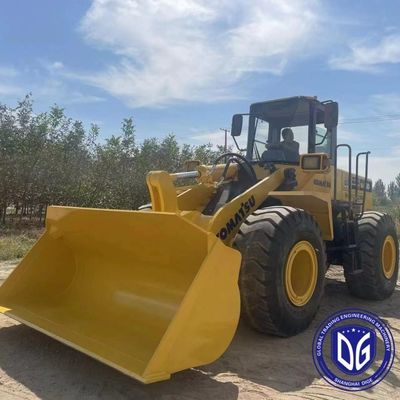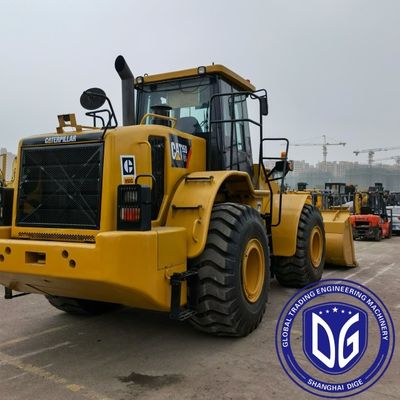By Lilian from DIGE International Trading
1. Clear requirements
Project type: Choose the appropriate model (such as small mini excavator, medium-sized general-purpose or large mining machine) according to different working conditions such as earthwork, mining, and municipal engineering.
Working environment: For narrow spaces, you need to choose a tailless rotary model, and for hard ground, you need to pay attention to the track material (steel track or rubber track).

2. Core items of equipment inspection
Engine:
Check for oil leakage, abnormal noise, and smooth cold start.
Observe the exhaust color (blue smoke may burn the oil, and black smoke may not burn completely).
Require maintenance records, with a focus on overhaul history.
Hydraulic system:
Test all hydraulic cylinders for oil leakage and scratches (possible internal leakage).
Check the operating handle for smooth movement and whether the pressure is stable during the pressure test.
Check whether the hydraulic pump and motor have abnormal noise.
Structural parts:
Check whether there are cracks or repair welding marks at the welding of the boom, arm and bucket.
Check the slewing bearing clearance (be vigilant if the clearance of the shaking bucket is too large).
Chassis track wear (whether the chain plate, supporting roller and supporting sprocket are excessively worn).
Electrical system:
Instrument panel alarm prompts whether the line is aging.
Test lights, sensors, GPS and other electronic equipment.
3. Price evaluation
Market comparison: refer to the quotations of similar models (such as IronPlanet and local second-hand market).
Depreciation calculation: The residual value of domestic models is about 50% after 3 years, and the value retention rate of imported models (such as Komatsu and Carter) is higher.
Additional costs: calculate possible maintenance costs (such as replacing a hydraulic pump, which accounts for about 10-20% of the total price) and transportation costs.
4. Professional support
Test report: Entrust a third-party organization (such as TÜV, local testing company) to issue a report.
Test machine verification: Test the machine for at least 1 hour, testing different working conditions (excavation, rotation, walking compound action).
5. Contract and after-sales
Clear terms: The current status of the equipment and warranty period (such as 3-month warranty for key components) should be stated in the contract.
Accessories supply: Verify whether there are accessories for this model locally (accessories for old models may be discontinued).
Contact us from tiktok
Watch more machines in Youtube

 Your message must be between 20-3,000 characters!
Your message must be between 20-3,000 characters! Please check your E-mail!
Please check your E-mail!  Your message must be between 20-3,000 characters!
Your message must be between 20-3,000 characters! Please check your E-mail!
Please check your E-mail! 
